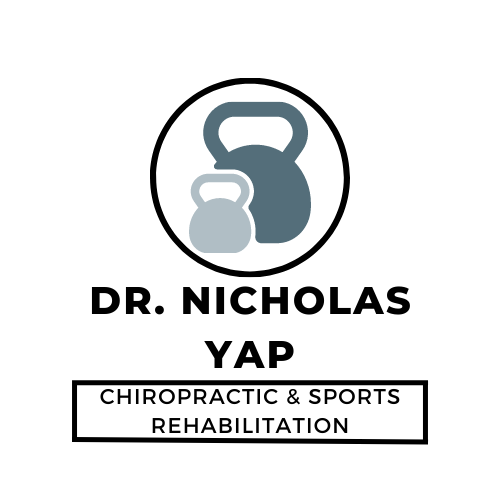Does Hurt Equal Harm?
“When I do this, I can feel the pain in my knee. Does that mean that I am causing harm to my knee injury?”.
This is a question I get asked a lot from patients in the clinic so I'd like to discuss this question in more detail: “Does Hurt Equal Harm”?
The sensation of Pain, although unpleasant, is quite beneficial to our bodies and ultimately our survival. Without the sensation of pain, humans are more susceptible to a greater risk of injury, simply because the pain isn’t there to stop them from touching red hot coals or to prevent them from repeating the same injuries again. However, in the event of a traumatic injury, pain is a great reminder of what your current limitations are and what specific actions to avoid further harm in the early stages of the injury.
So, “Does hurt equal harm?” The answer: IT DEPENDS ON THE CONTEXT.
If you have recently sustained an injury or are in the first two to three weeks of it, the pain that you may be experiencing is valid and a reminder to not repeat the same actions so as to not cause more harm to the healing tissues. I think of it as ‘continuously picking off the scab from a minor cut, slowing down the natural healing process’.
If you are 3 months post ACL reconstruction and you experience knee pain when going downstairs that does not linger afterwards and no pain while standing at rest; there is a good chance that the pain you may be experiencing is NOT causing further damage or harm to the tissues but rather an underlying sensitivity to that specific motion.
The sensation of pain from our brains is unique when recovering from an injury where it keeps a pain tag or pain memory for a specific action. Even though the tissues in question are healed, the mind still perceives that specific action (going downstairs) as painful, as it was during the initial stages of healing, so it will send a pain signal when you repeat that action. Darn brain, can't catch a break!
So, what to do if this is you? The goal is to desensitize the area of complaint and increase the stability of surrounding tissues to signal to the brain that this area is stable and strong, no need to send any pain signals anymore. One of the most effective forms of desensitization of this pain signal is to strengthen the tissues through strategic exercise implementation.
How do you do that? The body is a master compensator so you will need a trained eye that regularly deals with these types of injuries and chronic pain cases. It’s not as simple as just doing a random variety of rehab exercises, you have to be strategic in which exercises & therapy you choose to best serve your specific needs. Chiropractors, physiotherapists, and other movement specialists are well equipped to deal with these types of cases.
Do you have questions about your injury? Book your complimentary 15min phone consultation with Dr. Yap via email to determine if chiropractic care is appropriate for your specific condition.
Send inquiries to: drnickyap@gmail.com
Do you want to work one-on-one with Dr. Yap to get rid of your pain and optimize your life? Book your appointment today at:
https://totalbodyhealth.janeapp.com/#/staff_member/45
Want to learn more about how chiropractic care can serve your needs? Click here to find out:
https://www.drnicholasyap.com/

